 The addition of gardening to me scurvy blog has proved to be very popular. So much so that I’ve been chatting with several folks, in and outside of Puerto Rico.
The addition of gardening to me scurvy blog has proved to be very popular. So much so that I’ve been chatting with several folks, in and outside of Puerto Rico.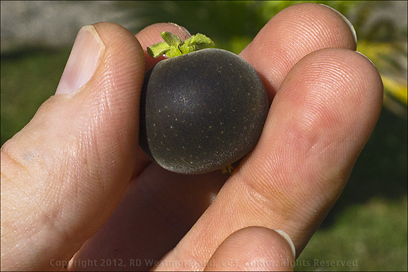
One of them is a local guy, Guillermo
After exchanging a few emails, he and I decided we should meet and trade a few plants. He lives near Cayey and runs a small nursery. It’s only about 40 minutes from our place to Cayey, an easy run.
In the process, I got to check out what he’s working on and pick up a ‘few’ tips.
I also got to photograph a few species that have eluded me since I’ve been here. Names for some plants vary by country and even by region, 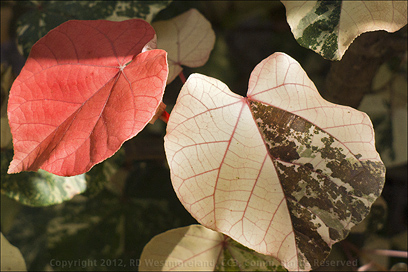 but Guillermo was very helpful with providing botanical names for the ones I was not familiar with.
but Guillermo was very helpful with providing botanical names for the ones I was not familiar with.
If you are coming from San Juan, Cayey is after Caguas, but before you leave the mountains on the south side of the island.
It is a few degrees cooler and a lot wetter than where we live.
It was great that I was able to provide him with a few things he was looking for.
He had mature Dragon fruit (Hylocereus undatus) plants that produce white fruit, but not the red fruit I had discovered in a Ponce grocery store. I still had 2/3’s of a tray of the Pitaya sprouts so I handed those off to him. There must have been 60 to 80 sprouts in the plastic pastry tray. 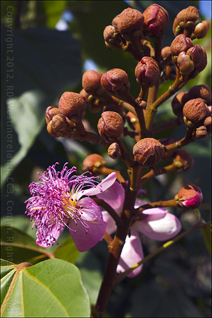 I would have never got to planting them. As it is, I have 25 to 30 of the tiny sprouts to deal with. He gave me 4 mature Pitaya plants to take home. These look like spineless cactus and will go in the ground soon.
I would have never got to planting them. As it is, I have 25 to 30 of the tiny sprouts to deal with. He gave me 4 mature Pitaya plants to take home. These look like spineless cactus and will go in the ground soon.
He also had some very nice 2.5 feet tall Neem (Azadirachta indica) trees.
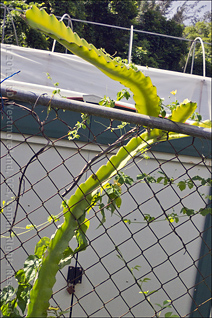 I had tried to grow these from seed, but no luck. Neem produces a plant and animal safe form of insecticide that is made from the oil of the tree. I scored one of these. It will be awhile before I can do any ‘extracting’, but this was a very nice specimen. It now has it’s own spot in my garden.
I had tried to grow these from seed, but no luck. Neem produces a plant and animal safe form of insecticide that is made from the oil of the tree. I scored one of these. It will be awhile before I can do any ‘extracting’, but this was a very nice specimen. It now has it’s own spot in my garden.
 Another item he was interested in was the tiny Chiltepin (Capsicum annuum var. glabriusculum) peppers that grow out back. I picked fresh ones from the little bushes before we took off that morning. These are a very potent but tasty little pepper called ‘Caballeros’ locally, very popular in Texas and Mexico. In our tropical climate,
Another item he was interested in was the tiny Chiltepin (Capsicum annuum var. glabriusculum) peppers that grow out back. I picked fresh ones from the little bushes before we took off that morning. These are a very potent but tasty little pepper called ‘Caballeros’ locally, very popular in Texas and Mexico. In our tropical climate, 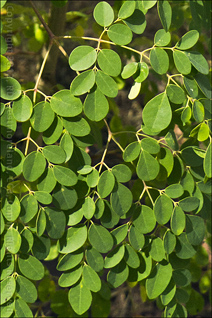 they produce a bush of about 5-6 feet tall and last about 4 years, before they start to fail. They continuously produce peppers, but are most prolific in the spring and summer.
they produce a bush of about 5-6 feet tall and last about 4 years, before they start to fail. They continuously produce peppers, but are most prolific in the spring and summer.
He was having a little trouble with his Mangosteens (Garcinia mangostana) so I brought 3 of mine for him to plant. His conditions are better for growing Mangosteen than ours. They like wet, but well drained soils. It gets too dry sometimes, where we are.
I still have 5 of the Cherry Mangosteen, but I plan to wait until they are pretty far along before I plant mine. They prefer a somewhat sheltered spot for their first few years… or so I’ve read. We shall see.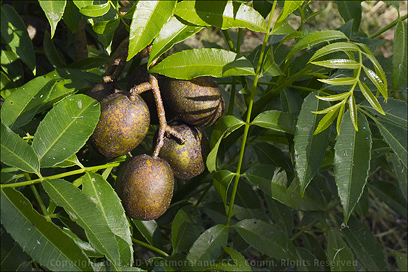
Guillermo also had a bunch of Date palm (Phoenix dactylifera) he was looking to get rid of so I took 3 of those to go with the 6 I already have. That is a perfect number since Date palms are male/female plants.
I also gave him 4 Macadamia in 3 pots and 4 Pulasan in 3 pots. These are male/female as well. I still have 4 Macadamia and 5 Pulasan trees to plant which should work out just fine.
Guillermo runs a nursery on the side and had hundreds of plant starts and small trees scattered around.
I picked up 2 small Miracle Fruit (Synsepalum dulcificum) plants that were nearly 4 inches tall.  He has more of these if anyone is interested. Miracle Fruit are slow growing trees at best.
He has more of these if anyone is interested. Miracle Fruit are slow growing trees at best.
My first attempt at trying to grow these from seed did not go well… I think I over-watered it.
He also gave me 2 Giant Granadilla (Passiflora quadrangularis) plants. These are the largest of the vining Passion Fruit family. The fruit is several times larger than the ones we have. These have been known to pull down small trees. I plan to plant mine so they will trail up into a couple of old growth Mango Bobo… a local Mango found all over the island.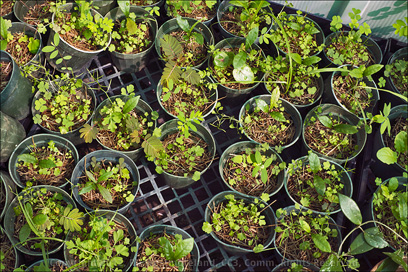
There were other plants too, but I don’t have the room to elaborate about all of them. All in all, it was a good trade I thought.
After taking care of ‘business’, he gave us a tour of his garden and nursery.
He had so many more things growing that I could not keep up with the names.
Like other Puerto Ricans I’ve met, he is a dedicated Noni drinker.
He puts his ripe Noni in a large jar and allows a bunch of them to liquify, before drinking the juice. I guess what they say is true- “What don’t kill ya, makes ya stronger”.
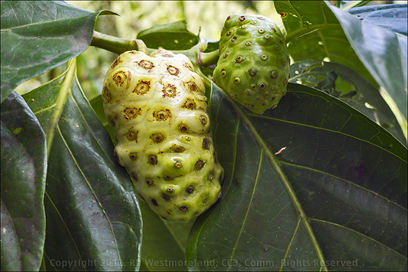 To the back of the property, there was a giant Acerola (Caribbean Cherry tree ). Only a little taller than ours, but 4 times the width. Though I’ve only seen a few, this one was huge. The Lemon Grass was something we really enjoyed and have added it to our ‘must have’ list. The flavor of fresh lemons without any of the bite. Guillermo’s parents were very gracious hosts and served us tea made from Lemon Grass. It was very refreshing.
To the back of the property, there was a giant Acerola (Caribbean Cherry tree ). Only a little taller than ours, but 4 times the width. Though I’ve only seen a few, this one was huge. The Lemon Grass was something we really enjoyed and have added it to our ‘must have’ list. The flavor of fresh lemons without any of the bite. Guillermo’s parents were very gracious hosts and served us tea made from Lemon Grass. It was very refreshing.
Their home was immaculate.
Not far from there was a Moringa tree (Moringa oleifera). Moringa is something I had just recently become interested in. I have 3 starts from seeds at home so it was great to see what they will look like on maturity.
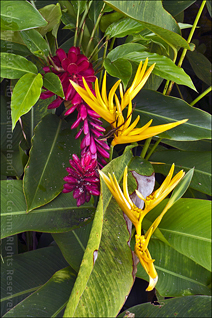 Towards the front, there was a large Noni tree (Morinda citrifolia) and a Valencia Orange tree that produced seedless oranges. We were treated to a couple of very juicy chilled oranges from the tree… they were truly as good as ANY orange I’ve ever had.
Towards the front, there was a large Noni tree (Morinda citrifolia) and a Valencia Orange tree that produced seedless oranges. We were treated to a couple of very juicy chilled oranges from the tree… they were truly as good as ANY orange I’ve ever had. 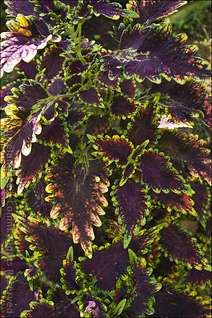 They were that good. These were extra sweet, slightly tart and very flavorful!
They were that good. These were extra sweet, slightly tart and very flavorful!
There was a mature Star Fruit tree covered in ripe fruit down near the bottom. These were sweet to the taste so I grabbed a couple. Growing Star Fruit from seed is not hard, but you never know if you have one with sweet fruit until it produces. 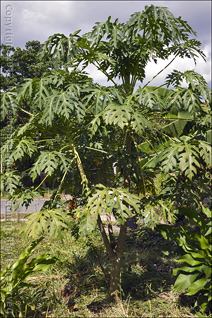 It’s very hit or miss. Commercial producers replicate via grafting. It is the only way to guarantee you will get sweet fruit. I’m trying to grow a few myself. They may end up as grafting stock it things don’t work out.
It’s very hit or miss. Commercial producers replicate via grafting. It is the only way to guarantee you will get sweet fruit. I’m trying to grow a few myself. They may end up as grafting stock it things don’t work out.
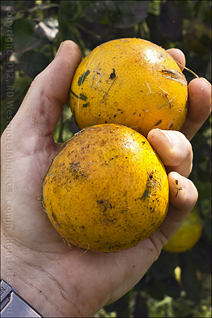 Guillermo also had an example of Joboito in the yard out front with a few fruit on it. It’s related to ‘Jobo’, of the Spondias Genus. These are popular with the locals.
Guillermo also had an example of Joboito in the yard out front with a few fruit on it. It’s related to ‘Jobo’, of the Spondias Genus. These are popular with the locals.
The other tree that caught my eye was a Kitembilla or Ceylon Gooseberry Tree (Dovyalis hebecarpa). These were the small purple fruits I had been trying to identify since the Coffee and Chocolate Expo.
Me first mate and I had spent most of a day on-line trying to precisely identify this one. Seriously.
I found it in a poster from a Hawaiian agriculture site. There is a cross of this one that produces larger, more red/orange colored fruit that is seedless named Tropical Apricot. It’s also spineless. The native version is very tart, but sweet with lots of flavor. The seeds were quite small. 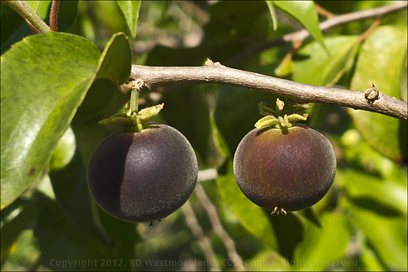 I popped the entire thing into my mouth and ate it all except the skin which I spit out. I thought they were great!
I popped the entire thing into my mouth and ate it all except the skin which I spit out. I thought they were great!
It more reminded me of a black grape than anything else.
I recovered seeds from one of them and have them in a starter tray. Kitembilla was very popular in Florida back before the 1960’s as they grow fast and produce lots of thorns. They were easy to form into natural barriers for cattle. Now they are almost gone.
Over to the other side of his lot were several Papaya or ‘Lechosa’ plants. One of them looked more like a tree with three branches. It stood twice my height. It had fruit on it over 15 inches long. The photo does not do it justice.
Along one chain link fence near the house, Guillermo has mature Pitaya growing. These naturally trail along the ground, but most folks train them to grow up where it is easier to collect the fruit. It almost resembles a vining cactus.
On the far side of the yard, along the outside fence line, he has a vining spiny plant that resembles living razor ribbon. I kid you not. This was a new one for me. Also, cutting it off may kill it, but the dried up vines looked just as deadly if not more so. I think I might want to score some of this to keep the ‘wandering cows’ off our property.
 There was many more things we saw, but this is a good place to stop.
There was many more things we saw, but this is a good place to stop.
I tend to ramble. It was a real pleasure to meet Guillermo and I’m sure we will see him again. He is very knowledgeable with a hands-on sense about gardening in PR which is hard to come by. I only wish my Spanish was as good as his English!
He’s also a photographer. How cool is that?
As I’ve said before and it’s true now-
It was another great day to be in Puerto Rico!!
Larger shots may be seen over on Robert’s Puerto Rico Facebook page.
Wil says
Thanks for sharing. Really great to know names of these plants, and to get a fruit review too!!!!! It’s a real help to someone like me, sizing up all the plant choices available in PR.